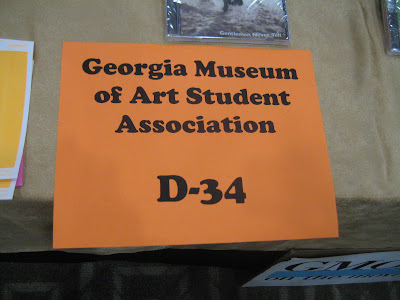Here's the update for the week ending Friday, January 22, 2010:
Current week - Activities/Issues:
New Gallery / Connector
· Installing 1st Floor Brick
· Continue MEP overhead 1st Floor
· Continue MEP overhead 2nd Floor
· Continue Gallery interior wall vapor barrier
· Completed skylight water tests
· Continue working on connector roof
Existing Building Renovations
· Completed MEP overhead rough-in
· Completed framing of walls
Storage Bar
· Completed structural tie ins to existing building
· Completed the exterior concrete wall waterproofing / vapor barrier.
· Poured elevated slab
· Poured slab on grade
Next week - Activities/Issues:
New Gallery / Connector
· Start drywall on 2nd Floor
· Start framing restrooms on 1st Floor
· Continue installing brick 1st Floor
· Curtain wall framing and installing punch openings
· Setting external stairs
· MEP in-wall rough-in on 2nd Floor
Existing Building Renovations
· Continuing framing of walls
· Start hanging drywall
· Start in-wall rough-in
· Install new AHU M-8 and new duct
· Demo external walls to new storage bar
Storage Bar
· Continue cmu walls on exterior foundation
· Infilling cmu opening to the existing building
· Backfilling exterior structure walls
· Switch over new chill water line and removing temporary line
· Loading new roof with materials and begin moving existing roof on the Art Building.

South elevation progress

Poured elevated slab at storage bar

Gallery 2nd-floor framing









































